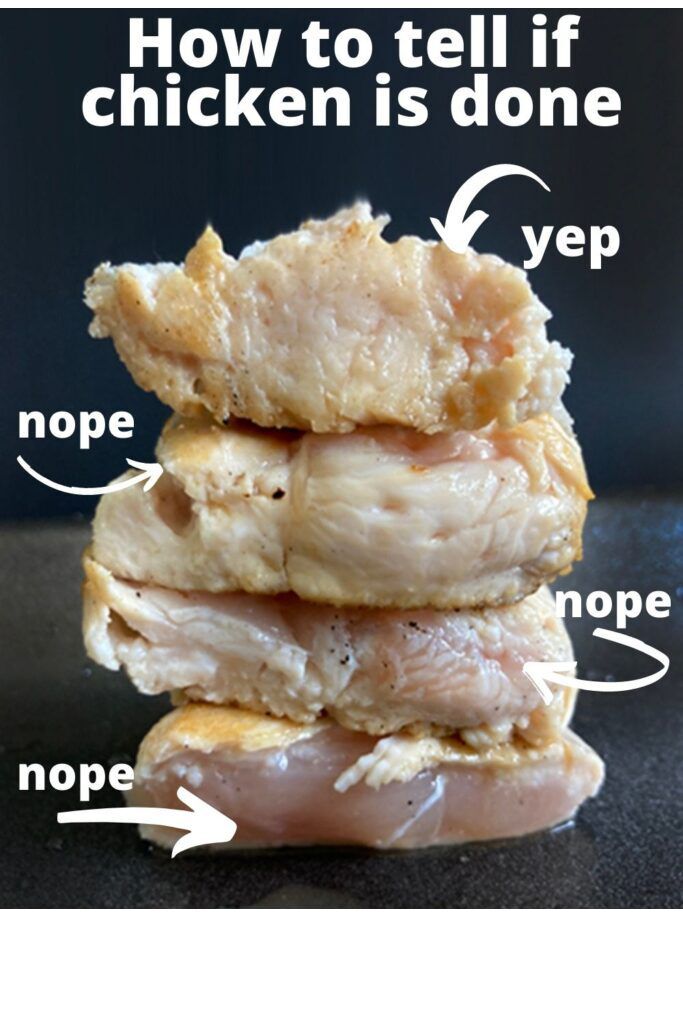

Chicken is a versatile and delicious protein, but ensuring it’s cooked to perfection is essential for both safety and taste. Overcooked chicken can be dry and tough, while undercooked chicken poses risks of foodborne illness. In this guide, we’ll explore tips and techniques to guarantee your chicken is cooked to perfection every time.
1. Use a Meat Thermometer:
Invest in a reliable meat thermometer to accurately gauge the internal temperature of your chicken. The USDA recommends cooking chicken to an internal temperature of 165°F (75°C) to ensure it’s safe to eat. Insert the thermometer into the thickest part of the chicken, avoiding contact with bones or gristle.
2. Understand Carryover Cooking:
Keep in mind that chicken continues to cook even after it’s removed from the heat source due to residual heat in the meat. This phenomenon, known as carryover cooking, means you should remove the chicken from the grill or oven when it’s a few degrees below the target temperature. As it rests, the internal temperature will continue to rise to reach the desired doneness.
3. Opt for Even Thickness:
When grilling or cooking chicken breasts, pound them to an even thickness using a meat mallet or rolling pin. This ensures uniform cooking and prevents thinner parts from drying out while thicker parts remain undercooked.
4. Practice Indirect Grilling:
For larger cuts of chicken, such as whole chickens or bone-in pieces, consider using indirect grilling methods. Position the chicken away from direct heat and close the grill lid to create an oven-like environment. This allows the chicken to cook evenly without charring the exterior.
5. Bone-In vs. Boneless:
Bone-in chicken pieces generally take longer to cook than boneless cuts due to the added mass and density around the bone. Adjust your cooking times accordingly and use a meat thermometer to confirm doneness, especially with bone-in chicken.
6. Visual and Textural Cues:
Learn to recognize visual and textural cues that indicate chicken is cooked to perfection. Look for opaque, white flesh throughout with juices running clear. Additionally, the chicken should feel firm to the touch, and the juices should not be pink.
7. Resting Period:
Allow cooked chicken to rest for a few minutes before slicing or serving. This allows the juices to redistribute throughout the meat, resulting in juicier and more flavorful chicken.
By following these tips and techniques, you can ensure that your chicken is cooked to perfection every time. Whether you’re grilling, baking, or sautéing chicken, using a meat thermometer, understanding carryover cooking, and paying attention to visual and textural cues will help you achieve delicious and safe results. Enjoy your perfectly cooked chicken in a variety of dishes and recipes!